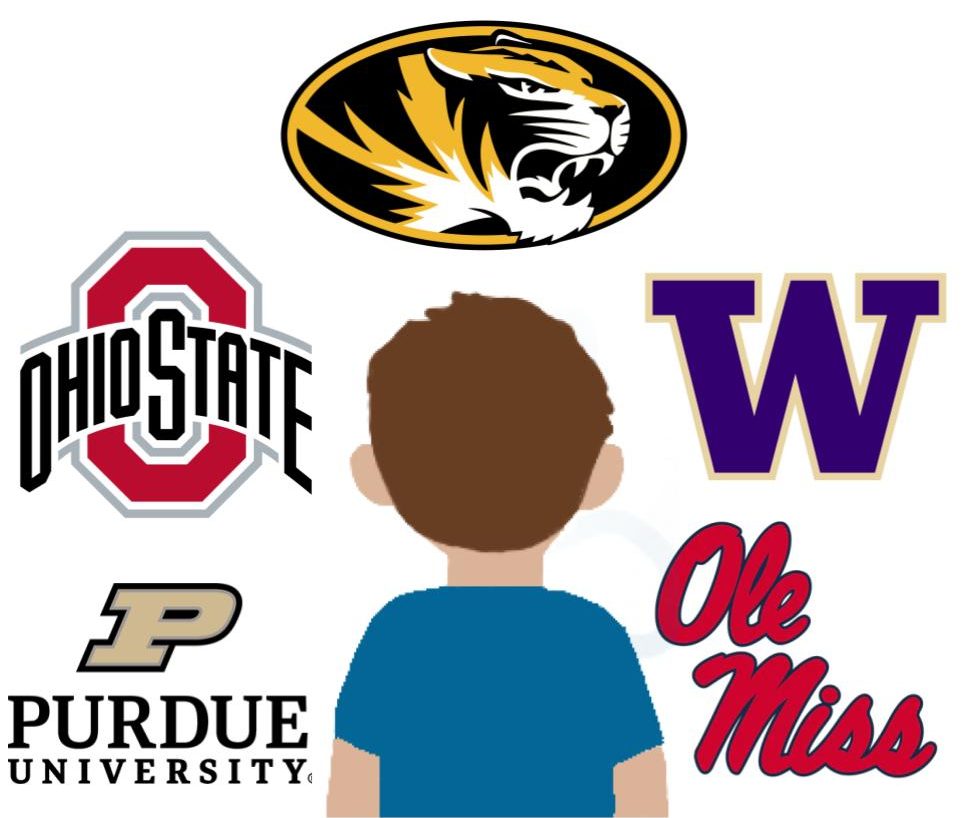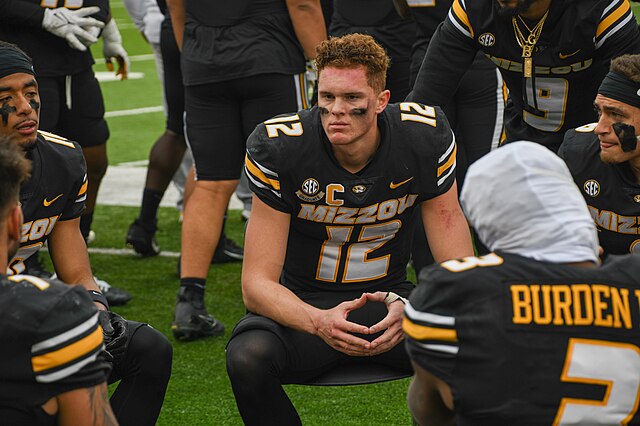Altering the make-up of learning standards
New state/national standards shift the emphasis of student learning from content to skills
Samantha Buchanan, Lexie Beckermann, Bryce Bond, Abbie Lakey, Anthony Carrizales and Nathan Arata (9) work as a group to understand a detailed model of DNA in Mrs. Jeanette Bosomworth’s 4th hour Biology class, Nov. 8. “It’s a lot easier to see the diagrams first hand instead of just reading things,” Beckermann said. “I wish we did more hands-on stuff like this in my other classes.”
American students rank 25th in math, 17th in science and 14th in reading compared to students in 27 industrialized countries, as reported by The Organization for Economic Co-operation and Development (OECD).
Home to baseball, hot dogs and “The Simpsons,” the United States may fall short on other frontiers. When citizens claim that the U.S. is the best country in the world, the data disagrees in relation to education.
Finland, Korea, Japan, Singapore and large parts of China are the home to the most intelligent school-aged children, according to The National Center for Education Statistics.
“I’ve seen a few reports of our education levels compared to others [countries],” Emma Salter (11) said. “It makes me wonder what America is doing wrong.”
The U.S. earns a 76.9 percent average when states are evaluated by their educational performance. Missouri is ranked 39th out of the 50 states, with a score of 72.8 percent, reported by Missouri Department of Education.
Yes, America has a passing grade but a passing grade does not make for the most innovative society.
“At times, there is a profound gap between the skills most students learn in school and the skills they need in typical 21st century workplaces,” Dr. Matthew Fredrickson, director of curriculum for RSD, said in an interview conducted, Nov. 25. “Our schools must align classroom environments with real-world environments by fusing critical thinking and problem solving.”
While this critical thinking starts at home, that skill is further developed in the classroom.
As of 2010, the most recent standards were last seen throughout the Show Me Standards, which were implemented in 1996. However, the Common Core State Standards are taking the educational system by storm.
The old standards were less informative and student-involved, while the newer standards have changed that.
A previous math elementary question: Each shirt costs $4. How much do 3 shirts cost?
A CCSS math question: Each shirt has 6 buttons. How many buttons are needed to make 7 shirts?
An elementary student could just add for the older question and avoid any multiplication. The CCSS question requires the students to know their times-tables instead of simply adding.
The Common Core aren’t just being used in Missouri, 45 states adopted these standards on June 15, 2012, and it will be officially used in schools across the state in the 2014-2015 school year.
“The shift for these new standards is to put emphasis on thinking and problem solving,” Mrs. Deborah Asher, head principal, said. “The standards also help students learn to do these things more independently. We want it to become second nature to question things.”
Instead of students being able to memorize vocabulary words, students will be asked to interpret, analyze, and problem-solve, according to the 2014-2015 CCSS-aligned practice tests.
“I’m used to just memorizing facts,” Rachael Kraft (12) said. “It seems like we are being tested over how well we can remember things, not if we actually know what we’re talking about.”
Instead of simply ‘doing school’ the CCSS require students to apply knowledge learned. History tends to rely on strict memorization, and language arts is a cousin of SparkNotes. Students felt as if they needed to know the dates and specific names of the Great Depression with the old approach; the CCSS approach will emphasize an understanding of why the Great Depression occurred.
“I think if I just remember the steps of certain things I’ll get an ‘A,’” Allison Alvey (10) said. “Honestly I don’t know half of what I’m tested over. But I get good grades so it’s fine.”
Enter CCSS. Instead of simply regurgitating information straight from the book, these new standards will put student’s knowledge and overall intelligence to a greater use.
“Standards are just one piece of Rockwood’s curriculum,” Dr. Terry Adams, district superintendent, said in an interview conducted, Nov, 18. “The standards establish what students need to know, but they don’t tell teachers how to teach or how students should learn. Rockwood educators will decide how to implement the standards. Rockwood will continue to use its strong curriculum that is reviewed on an annual basis and revised/updated on an in-depth basis every six years. As a school district, we will continue to align our curriculum with state and national standards, which has always been our practice.
The standards were developed by a diverse team of educators, researchers and parents from across the country–including Missouri–to be academically rigorous, attainable for students and practical for teachers and districts, as reported by corestandards.org.
“Rockwood has a history of developing strong curricula. We’ll continue to do what we’ve always done–ensure our curriculum aligns with state and national standards,” Dr. Adams said. ” If Rockwood curriculum objectives do not include the CCSS objectives, then we’ll add them to our curriculum. If Rockwood curriculum objectives are taught to mastery and aligned with CCSS objectives, then we’ll not change. If Rockwood curriculum objectives go beyond CCSS objectives, then we’ll keep our high standards. We want every child to have the knowledge and skills so that he or she will be ready for college or career upon their graduation from Rockwood.”
With two approved textbooks, Pearson Mathematics and McDougal Holt English, which are specifically aligned to CCSS, there’s less sitting in class and dozing off. The new books have an emphasis on critical thinking and problem solving; skills needed to create active and intelligent members of society.
“We are training kids to be successful in a world that we don’t know,” Mrs. Asher said. “It’s really tricky. Students need to know how to break down, question, analyze, gather evidence and prove things. They have to be willing to improve and become a better worker. We are preparing kids for jobs that weren’t existent 10 years ago.”
Cathy N. Davidson, a professor of English at Duke University, took a close look at technology in conjunction with the educational system, as she published in her book, “Now You See It: How Technology and Brain Science Will Transform Schools“. Through her research she found that “By one estimate, 65 percent of children entering grade school this year will end up working in careers that haven’t even been invented yet.”
With over 5.5 million hits on YouTube, Karl Fisch, Director of Technology at Arapahoe High School in Centennial, Colorado, is the creator of the video sensation, “Did You Know?” Throughout the video Fisch states, “With technology ever-changing it’s more important to let the young members of society learn to question everything, in order to learn more about the evolving world around them.”
“It’s kind of exciting, actually,” Tavo Loaiza, Robotics Club member, said. “To be able to critically think and problem solve are very important skills. They’re a lot more useful than just memorizing a list of events.”
CCSS will be officially implemented by Missouri’s Department of Education during the 2014-2015 school year.
“It’s not so much a focus on assessments, but rather becoming an active member of the world around them,” Mrs. Asher said. “This is a huge shift in the educational system. It’s going to take time. Just because it’s being implemented next year doesn’t mean it’ll be fully developed. Either way, I’m excited to see the changes it will bring.”
Your donation will support the student journalists of Eureka High School - MO. Your contribution will allow us to purchase equipment and cover our annual website hosting costs.





















